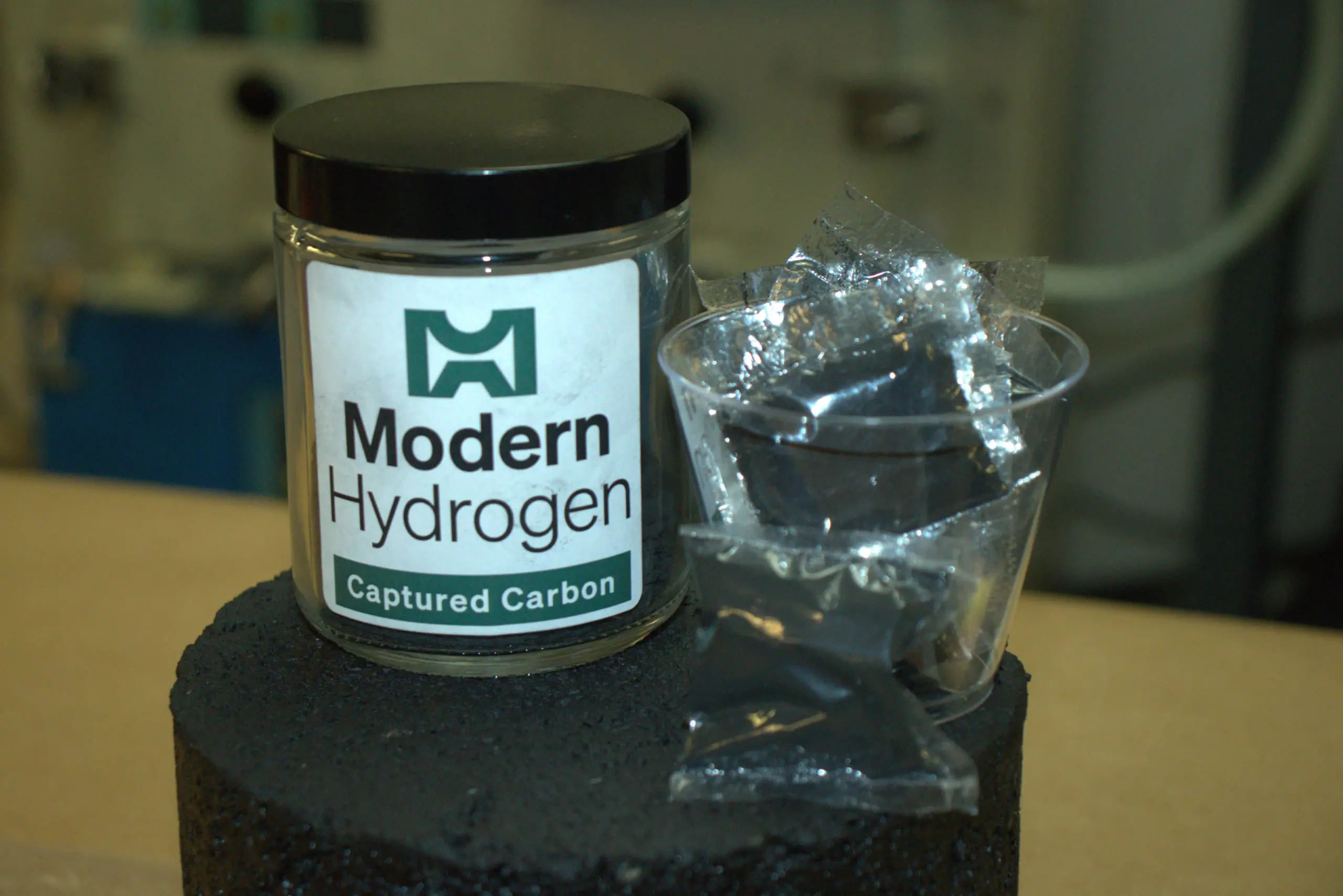Reference
Carbon Capture and Sequestration
Capturing and storing carbon emissions, or would-be carbon emissions, is crucial for mitigating climate change impacts.
Explore how this technology is paving the way to a cleaner and sustainable energy future.
What is Carbon Capture and Sequestration?
Carbon Capture and Sequestration (CCS) refers to the processes and technologies that capture carbon dioxide emissions, and/or solid carbon from avoided emissions, and prevent these pollutants from re-entering the atmosphere as greenhouse gas. Value is created in CCS as the permanence of sequestration increases and the economic costs of capture and sequestration decrease.
CCS is a critical tool for industries like manufacturing and powerplants. CCS can help these industries to and power plants to reduce their carbon footprint, aiding in the global fight against climate change.

Why Carbon Capture and Sequestration Matters
CCS can significantly reduce the carbon emissions from fossil fuel-based industries, contributing to global decarbonization efforts and net zero goals.
The Broader CCS Effort
CCS technologies are new, extremely expensive, and not widely available.
Besides individual company-based projects, a coordinated effort is necessary to realize the full potential of CCS technology. This includes consistent regulatory requirements, government incentives, and well-defined permitting pathways.
Benefits Beyond Carbon Reduction
CCS offers a pathway to clean up CO2 emissions. This includes emissions released:
- During the production of the energy that you use (otherwise known as “Scope 1” emissions)
- During the production of the things that you consume (otherwise known as “Scope 3” emissions)
- By industrial operations and energy sector
CCS also presents a significant economic opportunity for the creation of new businesses and new jobs.
Modern Hydrogen's Role in CCS
Modern Hydrogen generates hydrogen via methane pyrolysis. This approach strips carbon from natural gas before it is combusted. This form of pre-combustion carbon capture results in no CO2 emissions because CO2 is never created. The resulting carbon is instead captured in a solid form.
Modern Hydrogen utilizes the captured solid carbon in asphalt products. When re-deployed in asphalt, the carbon does double duty. It is both effectively sequestered for ~1,000 years and it makes new roads or fixes potholes.
Sequestering the solid carbon in asphalt prevents it from returning to a gaseous state; therefore, it doesn't enter the atmosphere.
Challenges Ahead
Implementing CCS widely requires technical, financial, and regulatory changes. Continued innovation and supportive policies are key to advancing CCS technology.
For more information, read our positions on current policy changes required to promote Solid Carbon Capture and Sequestration.


